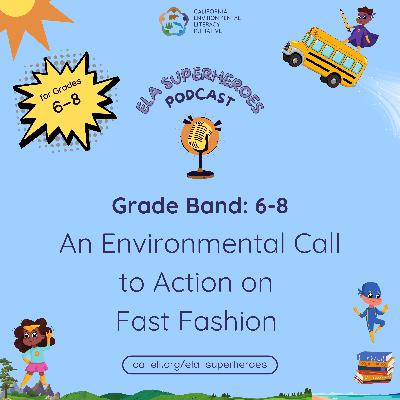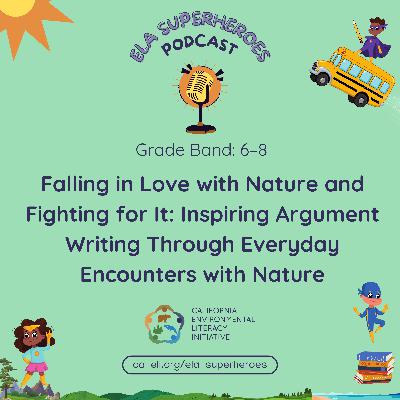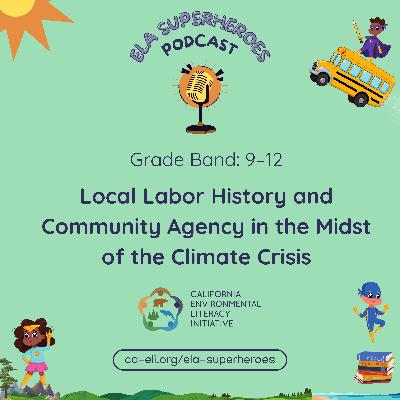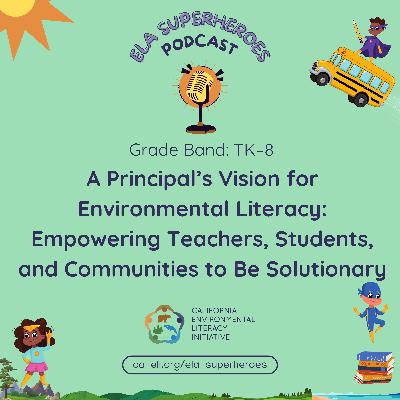
Environmental Superheroes of the ELA Classroom
Author: The California Environmental Literacy Initiative (CAELI)
Subscribed: 5Played: 29Description
Teaching English-Language Arts through the lens of environmental literacy and justice provides an important opportunity for all students to gain access to environmental learning. As the state of California deepens efforts to include environmental literacy in all content areas, the California Environmental Literacy Initiative's English-Language Arts Working Group interviewed passionate language arts teachers . We collected stories of California TK-12 educators who teach reading, writing, listening, and speaking through the lens of environmental literacy and justice to highlight what this type of work already looks like in TK-12 classrooms and outdoor spaces.
Learn more: https://ca-eli.org/innovation-hubs/professional-learning/#projectsworkinggroups
Hosted on Acast. See acast.com/privacy for more information.














